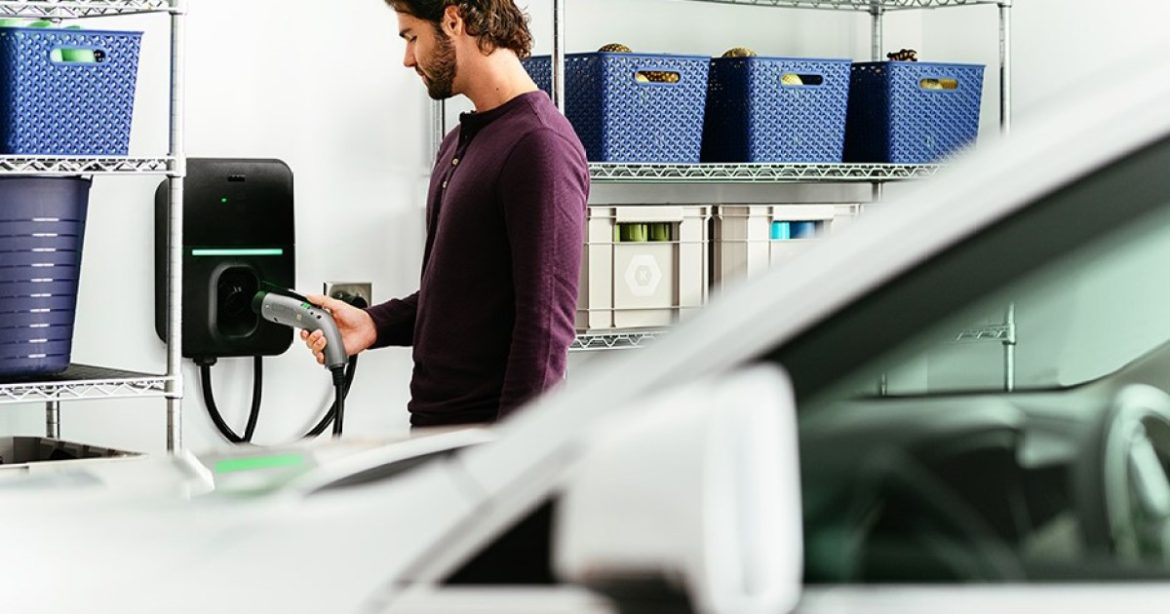Power-management firm Eaton likes to point out that when it launched in 1911, it invested in a new idea — the very first gear-driven truck axle — just at a time when both transportation and power management were on the cusp of dramatic change.
More than 113 years later, Eaton is again seeking to lead innovation in the current energy transition.
The power-management firm just signed a deal with Treehouse, an AI, software-enabled installation platform for electrification projects. The end goal: accelerating the electrification of homes for electric-vehicle (EV) charging, energy storage, or heat pumps, while seeking more efficiency and cost savings.
-
Costco partners with Electric Era to bring back EV charging in the U.S.
-
Nissan launches charging network, gives Ariya access to Tesla SuperChargers
-
You can now charge your General Motors EV at a Tesla Supercharger
“At Eaton, we’re all-in on the energy transition and we’re making it happen at scale by delivering breakout technologies and industry collaborations needed to delight customers and make it more accessible and affordable,” says Paul Ryan, general manager of Connected Solutions and EV Charging at Eaton.
The partnership will ensure consumers are provided with accurate and fast pricing, as well as access to licensed electricians to deliver code-compliant installations, the companies say.
The collaboration also integrates into Eaton’s “Home as a Grid” approach, which supports the two-way flow of electricity, enabling homeowners to produce and consume renewable energy when they need it, Eaton says.
“For more than a century, power has flowed in one direction—from centralized power plants into homes,” the company says. “Today, there’s a new reality thanks to solar, electric-vehicle charging, energy storage, digitalization, and more.”
Projects to change homes and EVs into energy hubs have multiplied recently.
Last month, Nissan joined ChargeScape, a vehicle-to-grid (V2G) venture that is already backed by BMW, Ford, and Honda. ChargeScape’s software wirelessly connects EVs to power grids and utility companies, enabling consumers to receive financial incentives for temporarily pausing charging during periods of high demand. Eventually, consumers should also be able to sell the energy stored in their EVs’ battery back to the power grid.
In August, GM announced that V2G technology will become standard in all its model year 2026 models. And Tesla CEO Elon Musk has hinted that Tesla could introduce V2G technology for its vehicles in 2025.




